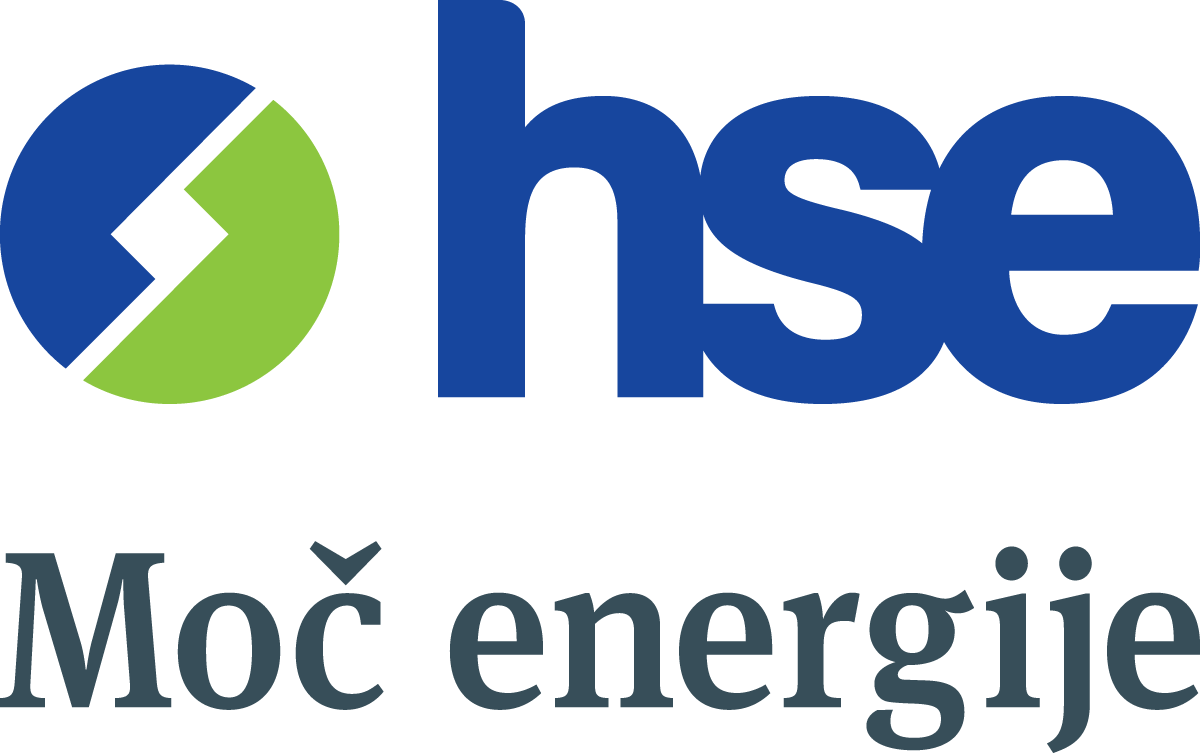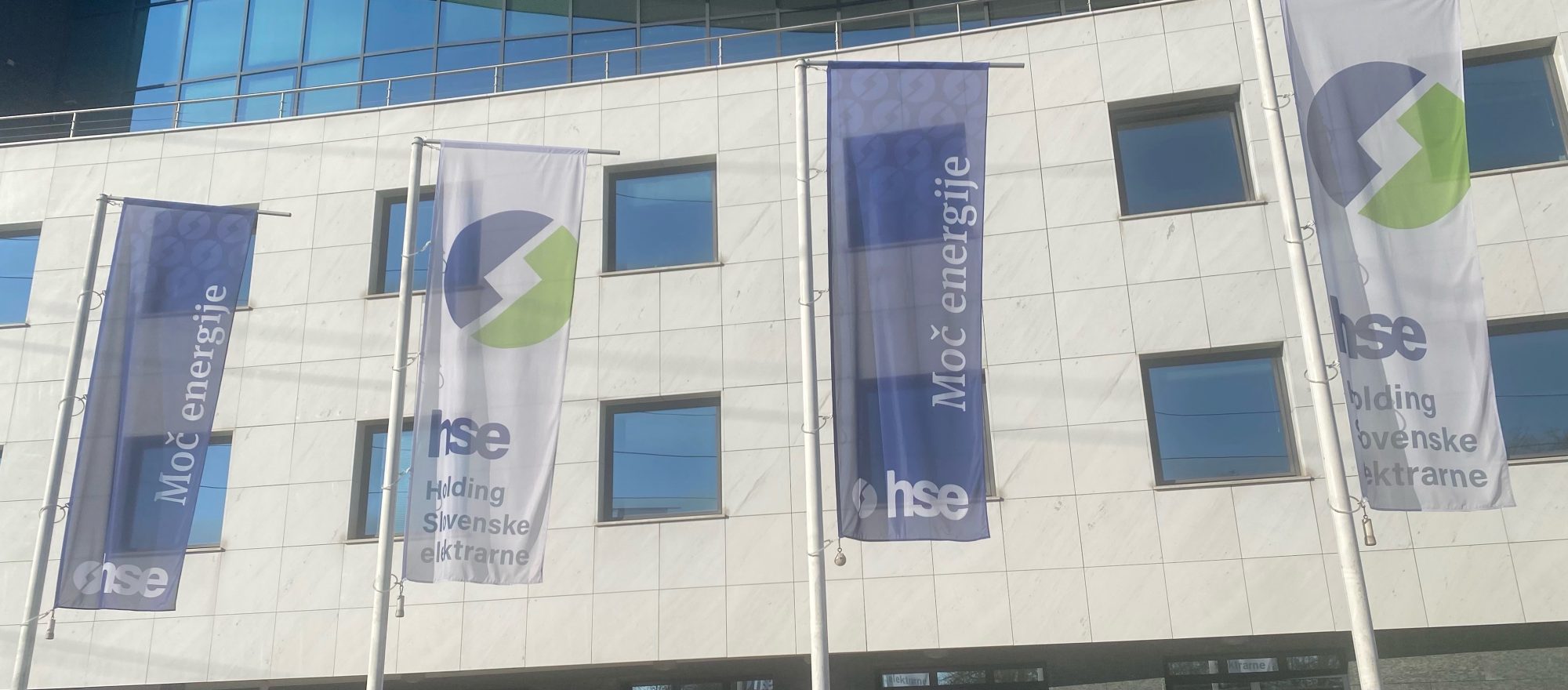(Maribor, 28 August 2019) – As part of her tour of energy companies in north-eastern Slovenia, Minister of Infrastructure Alenka Bratušek today visited Dravske elektrarne Maribor (DEM), where the company’s development projects were presented to her and she inspected the oldest operational large hydro power plant in the country – the Fala Hydro Power Plant. The hundred-year-old plant is a noteworthy example of long-term co-existence of the environment and a human-made production facility.
DEM believes that one of the objectives of society as a whole, and especially of the decision-makers, should be to ensure the stable, safe and adequately distributed production of electricity for citizens of our country both today and in the coming decades. This is why the company, which operates as part of the HSE Group and supplies more than a quarter of Slovenia’s total electricity, including 80% from renewable sources, will continue to consider the utilisation of energy sources in the future. The data coming from other professions and social and environmental responsibility commit the company to develop projects in a multi-layered fashion and in cooperation with other Slovenian producers of electricity. The company believes that only a connected energy sector, hand in hand with other industries, can ensure adequate conditions for various activities (from agriculture to hi-tech) and that our know-how and experience and the projects listed below can contribute to realising the commitments that the state has made regarding the production of electricity from renewable sources, namely 25 percent by 2020 (currently the share in total production is slightly less than 22 percent and it is becoming increasingly clear that the goal will not be reached), with the planned share of electricity produced from renewable sources for the coming decades being even higher.
Certain announcements such as, for example, the construction of a second reactor of the Krško Nuclear Power Plant (NEK), refer only to a replacement for the energy shortfall that is expected to occur after the closure of the first reactor and the announced closure of the Šoštanj Thermal Power Plant (TEŠ). Slovenia also has other sources, such as hydro power, solar energy and wind energy. DEM thus plans to install additional solar power units on penstocks and drains of the hydro power plants Zlatoličje and Formin and elsewhere. Using state-of-the-art technology and in cooperation with relevant institutions, we have performed wind measurements in north-eastern Slovenia, with several locations proving to be adequate for wind farms. Three projects are currently in the initial phase, and measurements will be expanded to other parts of Slovenia that show potential for the utilisation of wind power. Potential construction of such power plants, which do not provide a constant supply of electricity, would also require construction of pumped storage hydro power plants, with the Drava River alone featuring ten potential locations (plans have advanced the furthest on the Kozjak pumped storage hydro power plant), and electricity storage facilities. DEM experts are developing the latest technologies in both fields. In addition to this, we also plan to build several small hydro power plants on the tributaries of the Drava. The projects that are currently being planned (research is also being conducted in some other fields) alone would, if realised, increase the current production by Dravske elektrarne Maribor, which stands at approx. 2,800 GWh a year, by more than 1,200 GWh a year or around 43%.
DEM is convinced that it does not make sense to ignore the fact that, in the future, sufficient quantities of food, water and energy will be the key elements of a society that wants to provide optimal conditions for life and development. The uncontrolled flow of water from the country needs to be stopped and water should be used for irrigating agricultural land, reclaiming the previous and almost destroyed ecosystems and, ultimately, utilised for the production of electricity, the consumption of which will, as global and European trends show, only increase. Hydro power facilities of the present and future, as we see from good practices abroad, are multi-purpose facilities that solve many problems and upgrade living standards. The fact is that every facility changes the environment, but we know how to prepare changes which are acceptable for society and the environment and which can even improve it.
Andrej Tumpej, director of Dravske elektrarne Maribor, also emphasised on this occasion that: “All our past projects and future ones will follow the conditions of the environment and society, and will be planned with regard to the guidelines and legislation. We believe that we must not disregard the state’s goal regarding the production of electricity from renewable sources, or the goal of keeping Slovenia an energy independent country in the future. For both goals, Slovenian energy companies have acceptable solutions, which we want to implement with support from the decision-makers and wider public for the benefit of all citizens.”
Stojan Nikolić, director general of HSE: “Slovenia has exceptional natural resources, especially water-power potential, which enables us and makes it easier for us to plan and implement sustainable projects. The HSE Group, headlined by Dravske elektrarne Maribor, is today the largest Slovenian producer of electricity from renewable sources, and there is no doubt that it will remain so in the future. Our strategic plans are thus focused on economically and energetically feasible investments in renewable sources of energy, which will be implemented in unison with local communities. A very interesting period is ahead of us, which will be marked by a gradual transition to a zero-carbon society, and in which the HSE Group will play one of the key roles.”
Alenka Bratušek, the Minister of Infrastructure, added: “The world is at a crossroads – we are gradually becoming a zero-carbon society. And energy plays one of the key roles in this transition. After holding working meetings with the managements of energy companies and visiting some of the energy facilities in Slovenia, I may say with even more certainty that the Slovenian energy sector is in excellent shape. Power plants and energy companies ensure the reliability of supply of electricity, as well as other sources of energy. Our common task is to make sure that this remains so in the future, and we are already setting up new foundations. We are adopting the National Energy and Climate Plan and the Energy Concept of Slovenia, which include feasible goals, and which explain how these goals will be realised. Our solutions will be based on expert knowledge and will be well thought through, so that they can then be implemented as planned.”








